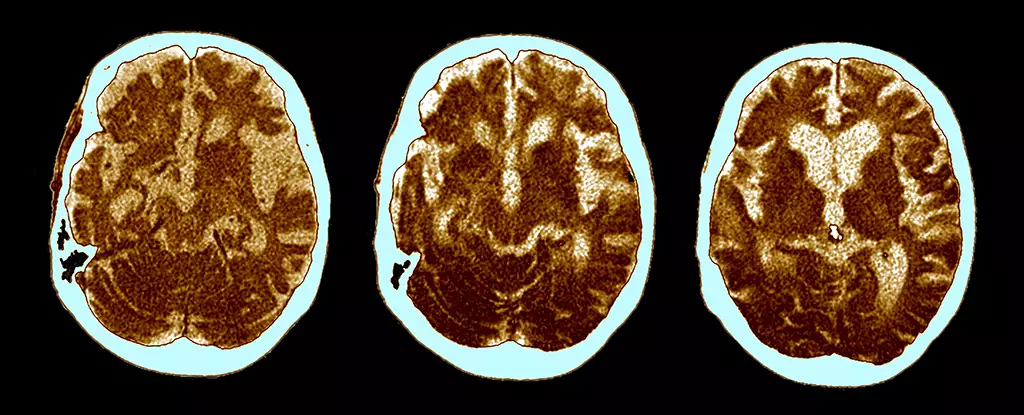Alzheimer’s disease has long been associated with the accumulation of proteins in brain cells. However, a recent study conducted by researchers from Stanford University School of Medicine has shed light on the role of lipid deposits in the development of this neurodegenerative condition. Going back to the observations made by Alois Alzheimer himself, the study highlights the importance of examining lipid drops as a potential factor in Alzheimer’s pathology.
The Role of APOE Gene Variants
One of the key findings of the study is the impact of variations in the APOE gene, which produces a fat-transporting protein, on the risk of developing Alzheimer’s. The researchers discovered that different forms of the APOE protein, namely APOE1 to APOE4, have varying abilities to move fat in and out of cells. Specifically, the APOE4 gene was found to be associated with higher levels of a particular enzyme that aids in fat transport, suggesting a potential link to Alzheimer’s development.
In experiments involving tissue samples from individuals with different APOE gene variants, the researchers observed that non-neuronal brain cells called glia accumulated more fat when exposed to amyloid. This phenomenon could point to a mechanism by which toxic materials build up in supporting glial cells, potentially impacting neuronal function in Alzheimer’s disease. Further research is required to fully understand this process and its implications for treatment development.
The study’s findings open up new avenues for investigating potential treatments for Alzheimer’s disease. By focusing on the role of lipid accumulations and the APOE gene variants, researchers may uncover novel targets for intervention. For instance, strategies aimed at inhibiting the flow and build-up of fat in brain cells could hold promise for mitigating the progression of Alzheimer’s.
Integrated Approach to Alzheimer’s Research
Beyond lipid metabolism, scientists are also exploring connections between Alzheimer’s disease and other parts of the body, such as the mouth and gut. This holistic approach to understanding the disease underscores the complexity of Alzheimer’s and the need for comprehensive strategies to address its multifaceted nature. With continued research and collaboration, the scientific community is moving closer to developing effective treatments for Alzheimer’s disease.



Leave a Reply